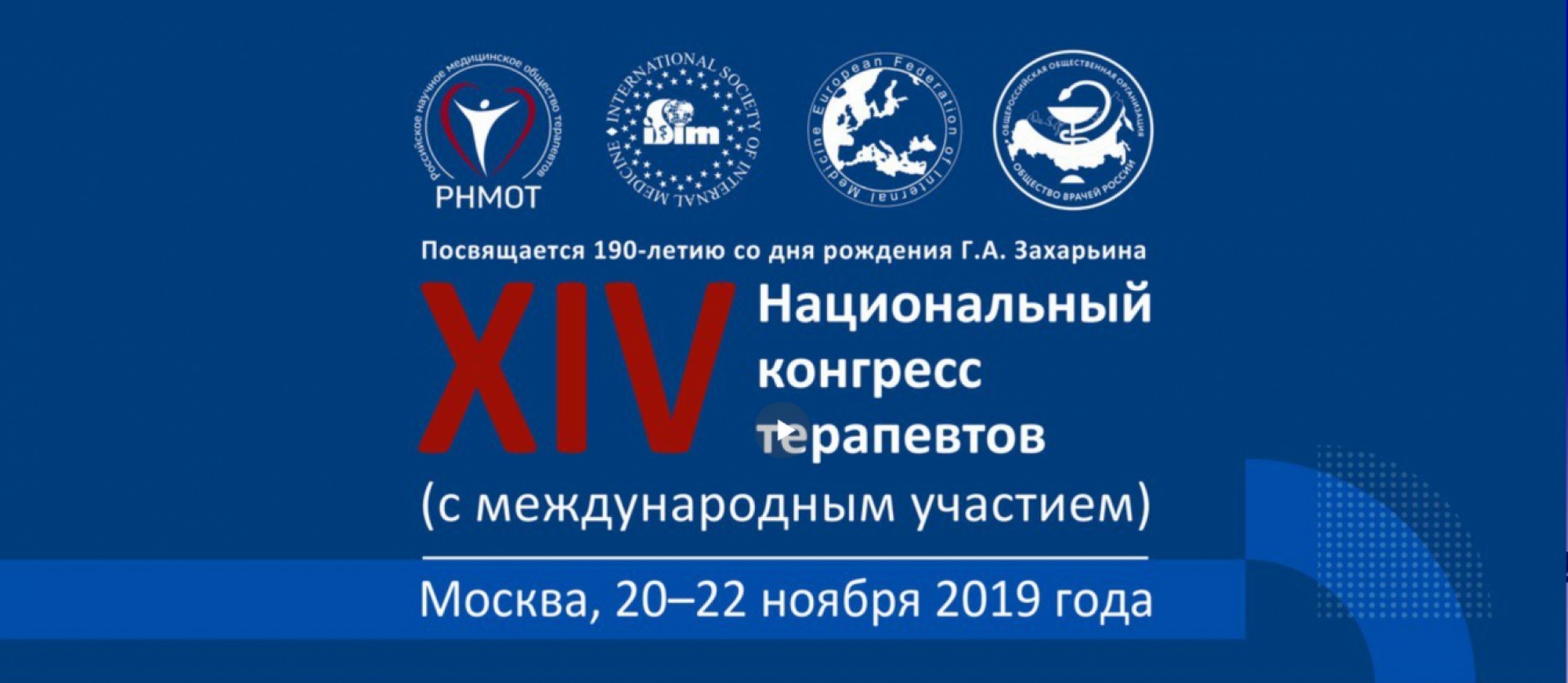Egis’s website uses cookies to run our website, improve the user experience and monitor the activities. You can customize the use of the cookies by adapting the settings.

Modern approaches to the patient with dyslipidemia and benefits of a fixed combined approach to the therapy were discussed by the leading Russian experts during the symposium:
• Marat Ezhov, MD, PhD, senior researcher, Department of Atherosclerosis Problems, Federal State budget organization National medical research center of cardiology of the Ministry of healthcare of the Russian Federation, President of the National Atherosclerosis Society, Moscow;
• Nadir Akhmedzhanov, MD, leading researcher of the Department for the prevention of metabolic disorders of the National Medical Research Center for Preventive Medicine, Moscow;
• Andrei Obrezan, MD, head physician of the SOGAZ International Medical Center, head of the Department of Hospital Therapy, Faculty of Medicine, St. Petersburg State University.
Marat Yezhov highlighted not an optimistic statistic: cardiovascular disease (CVD) are a leading cause of mortality internationally. Mortality from atherosclerotic heart disease in the Russian Federation remains one of the highest in the world. Economic Burden of Cardiovascular Diseases in the Russian Federation was estimated of 1, 3 trillion rubles annually. To reduce mortality from CVD is a leading public health problem that must be dealt with active measures for primary and secondary prevention. Also, a key risk factor for the first heart attacks of the myocardium is hypercholesterolemia through the all other factors, such as smoking, psycho-emotional disorders, diabetes mellitus, high blood pressure, abdominal obesity.
Different investigational and clinical studies have established a direct link between the decline in the level of cholesterol in LDL and a decrease in the incidence of cardiovascular disease², which occupy the first place in the structure of adult mortality in Russia³. According the Russian guidelines, recommended target level of cholesterol in LDL from <1.5 mmol / l (very high) to < 3 mmol / l (moderate) 1, depending on the degree of cardiovascular risk. statins are the drugs of choice or lowering LDL-C in patients with hypercholesterolemia. European guidelines for the diagnosis and treatment of dyslipidemia limit these indicators to even lower values (from <1.4 mmol / L to < 2.6 mmol / L, respectively) 2. Moreover, target level of LDL-C with high or very high cardiovascular risk are revised downward year by year. Statins remain the mainstay of treatment of hypercholesterolemia, however, according to the Russian studies, adherence to the treatment does not exceed 60%.
Nadir Akhmedzhanov shared International and National guidelines where statins are considered the drugs of choice for lowering LDL-C in patients with hypercholesterolemia. However, statin monotherapy does not always give the necessary results, a third of all patients are not reaching a safe level of LDL-C while taking statin medications⁵. According the Russian1 and International2, recommendations if the target level of LDL-C is not reached, it is necessary to add ezetimibe to statin therapy. However, fixed combination therapy (statin + ezetemib) allows to improve adherence to medication and patient compliance compare to the patients who take rosuvastatin and ezetimibe separately.
Andrei Obrezan reported that people who did not reach the LDL target levels with statin monotherapy are indicated to be given combination hypolipidemic therapy. The combination of ezetemib and rosuvastatin provides an additional lowering of cholesterol in patients at high risk of CVD, and improves the long-term prognosis.
The new Egis’ development is a first combination of rosuvastatin and ezetimibe in Russia, which reduces elevated the LDL—cholesterol to the safe level in 3 times stronger in comparison to doubled dose of rosuvastatin alone⁶. The product allows a larger number of patients to reach the safe level of LDL.